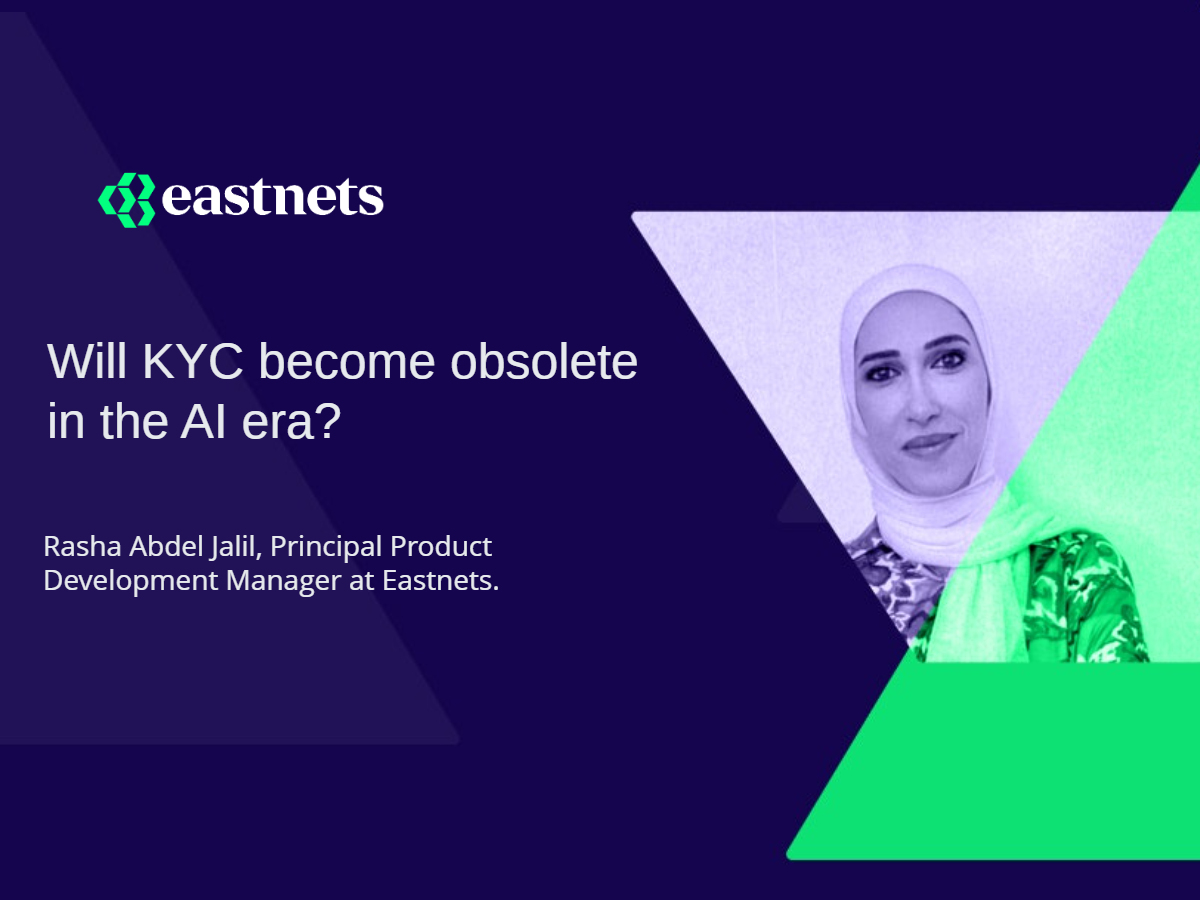The payments industry is going through a time of great innovation and change. Drivers for this transformation include delivering amazing customer experiences, taking advantage of open banking and APIs, and tackling the tsunami of fraud. As these changes occur, the payments industry's future will crystalize. However, in the midst of this, providing the backbone for opportunity lies open and closed loop payment options. Eastnets looks at how these seemingly divergent payment options work and if one will out-compete the other to win the payment wars.
What’s a closed loop payment system?
Closed loop payment cards are designed to process transactions using a single financial provider. The net result is that both the consumer and the merchant (sender and receiver) need an account with the closed loop provider. There are benefits to the closed loop payments model; fund transfers can be fast, for example. Closed loop systems often come with a corresponding closed loop wallet, helpful in building relationships between a provider and a consumer; Starbucks Rewards wallet is a case in point, with around 28.7 million active Starbucks reward members as of October 2022.
Closed loop payments offer other attractions for the financial providers themselves. Large techs such as PayPal and Apple have developed highly successful ecosystems based on the closed-loop financial services model. These ecosystems encourage the use of their app and enforce the use of their financial rails. This closed loop model has allowed PayPal to take market ground from incumbents such as Visa and Mastercard. However, even payments competitors can work together by partnering to offer symbiotic services; PayPal has taken this business model onboard and formed relationships with Mastercard and Visa moving from competitor to symbiotic partner.
What’s an open loop payments system?
Open loop payments are a way to perform financial transactions where the consumer does not need an associated account or affiliation with an FI or financial app. This makes payments easier as it offers more payment options for consumers; consumers may use a central wallet that allows them to pay at various vendors. First, however, a payment provider must become part of a network that underpins the open loop payments system. Networks supporting open loop payments are springing up to provide these rails for providers; these include FedNow (launching July 2023) and the RTP Network. Some driving forces behind the open loop movement are faster payments, greater scalability, and better customer experiences.
Some jurisdictions have already established successful open loop payment networks; for example, UPI (Unified Payments Interface) in India is an RTP (Real Time Payments) initiative delivered by the National Payments Corporation of India (NPCI). UPI has 399 banks connected to the network and in March 2023, a record breaking 8.65 billion transactions were made using this open loop based payment network.
Open Loop or closed loop: competitors or partners?
According to the 2022 Payments Compliance Report, 61% of respondents expect to develop a closed loop product by the end of 2023. However, certain scenarios are better served by an open loop system. Analysts Allied Market Research predict that the closed and open loop prepaid card market will be worth $6.87 trillion by 2030. The report also states, however, that “the open loop prepaid cards segment is expected to grow at the highest rate during the forecast period, as it is cost-effective and used for carrying out transactions from a particular company.”
A recent survey and analysis of urban mobility by the Visa Economic Empowerment Institute concluded, "For riders, open-loop systems offer a payment experience that is faster, safer, and more hygienic." Almost all respondents preferred to pay for transport using a contactless card (42%) or a mobile phone wallet (39%), with 38% choosing a card issued by the transit provider.
Barriers to adoption in open loop and closed loop payments
The Visa report into transport mobility looked at challenges of implementing an open loop system for payments on public transport. Data security and privacy risks were the top barrier to open loop payments, with almost half of respondents citing this as a barrier to adoption.
Open loop payments offer more flexible and adaptable payments than a closed loop payments model. This type of adaptability imbues choice into a system, and choice provides for better customer experiences. However, by definition, closed loop payments offer more control and more security because of the closed nature of the payment system.
Can a hybrid payments ecosystem exist?
The payments landscape is driven by stakeholder needs and wants, which can come into conflict. As such, some payment scenarios may be best served by hybrid models. For example, there may be a situation where a store loyalty or gift card is redeemed using an open loop payments model. This inter-model architecture can provide a hybrid system using closed and open loop payments or the best of both worlds; hybrid models also offer extensibility and futureproofing. However, whichever loop model best services a business needs, one thing is clear, adoption barriers, such as security, must be addressed to ensure consumer and merchant uptake.
Closing the barriers to the adoption of open loop (and closed loop) payments
The report on adopting open loop payments in public transit systems concludes that a significant barrier to adoption is in the system's security. The Nilson Report adds weight to this by predicting losses of over $408 billion globally in the next ten years due to payment card fraud. Having an account to use a payment system, i.e., as used in closed loop payments, is no guarantee of security, with account takeover attacks surging. Therefore, orchestrating anti-fraud checks for payments is a must-have in today's complex payments landscape. Advanced anti-fraud checks that include dynamic KYC/CDD checks, and anti-financial crime discovery solutions, are integral components of the payments ecosystem, whether closed or open.
The payments ecosystem has many moving parts and digitization, and the choice of payment models can mean that implementation is challenging. However, a fundamental design remit must use advanced anti-fraud solutions that can cover the entire payment journey. Advanced anti-fraud solutions, such as PaymentGuard, use AI to generate instant alerts when a fraud attempt is identified. Rapid fraud identification is vital but must be augmented by the ability to identify emerging threats and perform identity verification. This capability is only achievable by applying AI-enabled technology. Whether your organization is part of an open or closed loop ecosystem, your basis for uptake and crossing the barriers must be based on having a robust and dynamic security backbone.





